John Winders9780824707668, 0824707664
Table of contents :
Contents……Page 0
Power Transformers Principles and Applications……Page 1
Series Introduction……Page 3
Preface……Page 5
Contents……Page 8
1.2 Magnetic Units And Conversion Factors……Page 13
1.3 Currents And Magnetic Fields……Page 15
1.4 Magnetic Induction……Page 16
1.5 Constructing A Simple Transformer……Page 17
1.6 The Magnetic Circuit……Page 18
1.7 The B-h Curve……Page 22
1.8 The B-h Curve And Hysteresis……Page 23
1.9 Magnetizing Currents And Harmonics……Page 27
1.10 Transformer Core Design And Construction……Page 28
1.12 Completing The Transformer By Adding A Second Winding……Page 32
1.13 Placement Of The Windings……Page 34
References……Page 36
2.1 Introduction……Page 37
2.2 The Y-y Connection In Three- Phase Systems……Page 38
2.3 Advantages Of The Y-y Connection……Page 41
2.4 Disadvantages Of The Y-y Connection……Page 42
2.5 The Y-.connection And The .-y-connection……Page 45
2.6 Phase Angle Displacement And Phase Rotation……Page 48
2.7 The Y-. Grounding Bank……Page 52
2.8 The Zigzag Connection……Page 54
2.9 Comparisons Of Economy Of The Different Winding Configurations……Page 56
2.10 Trade-off Between Steel And Copper In The Design Of A Transformer……Page 59
2.11 Connecting Three-phase Banks Using Single- Phase Transformers……Page 60
2.12 Transforming Three-phase Voltages Into Two- Phase Voltages……Page 62
2.13 The Scott Transformer Connection……Page 63
2.14 Three-phase Transformer Designs……Page 68
2.15 Standard Terminal Markings For Transformers……Page 74
References……Page 79
3.1 Leakage Flux And Leakage Reactance……Page 81
3.2 Conductor Losses……Page 86
3.3 No-load Losses……Page 88
3.4 Magnetizing Reactance……Page 91
3.5 Equivalent Circuit Of A Two- Winding Transformer……Page 92
3.6 A Brief Tutorial On Symmetrical Components……Page 93
3.7 Transformer Equivalent Circuits Modeled In Zero Phase Sequence Networks……Page 97
3.8 Series Impedance And Regulation……Page 104
3.9 Matching Transformers For Parallel And Bank Operations……Page 105
3.10 Impedance Mismatch In Threephase Transformer Banks……Page 107
3.11 Temperature Rise And The Thermal Capability……Page 110
3.12 Interpreting Transformer Test Reports……Page 111
3.13 Calculating The Hot-spot Temperature Using The Ieee Method……Page 114
3.14 Calculating The Loss Of Life……Page 117
References……Page 128
4.1 Autotransformer Connections……Page 129
4.2 Impedance Of An Autotransformer……Page 134
4.3 Limitations Of The Autotransformer Connection……Page 140
4.4 Autotransformer Voltages With Short Circuits Applied……Page 141
4.6 Autotransformer Core And Coil Designs And Terminal Configurations……Page 143
4.7 Advantages And Disadvantages Of The Autotransformer Connection……Page 144
4.8 Three-winding Transformers……Page 145
4.9 Modification Of Transformer Laws With Three Windings……Page 146
4.10 Equivalent Circuit Of A Threewinding Transformer……Page 148
4.11 Core And Coil Construction Of Three- Winding Transformers……Page 150
4.13 The Stabilizing Effect of A . Tertiary Winding……Page 153
Reference……Page 158
5.1 Effects Of Short Circuits On Transformers……Page 159
5.2 Comparisons Of Short-circuit Currents For Various Faults……Page 160
5.3 Mechanical Forces In Transformers……Page 167
5.4 Forces Between Transformer Windings……Page 170
5.5 Short-circuit Forces In Threewinding Transformers……Page 175
5.6 Exciting Current Inrush……Page 177
5.7 Tank Overheating From Zero- Sequence Currents……Page 181
5.8 Primary Fuse Misoperations……Page 184
5.9 Ferroresonance……Page 187
5.10 Voltage Surges……Page 189
References……Page 199
6.1 Bushings……Page 200
6.2 Oil Preservation Systems……Page 203
6.3 Cooling Equipment……Page 207
6.4 Temperature, Oil Level, And Pressure Gauges……Page 212
6.5 Tap-changing Equipment……Page 213
6.6 Load Tap Changers……Page 215
6.7 Voltage Regulating Transformers……Page 220
6.8 Tap Changer Automatic Controls……Page 221
6.9 Variable Phase Shifting Transformers……Page 223
Reference……Page 231
7.1 Minimum Nameplate Requirements……Page 232
7.3 Cooling Class, Number Of Phases, And Operating Frequency……Page 234
7.4 Voltage Ratings……Page 235
7.5 KVA Or MVA Ratings……Page 236
7.6 Winding Connection Diagram……Page 237
7.8 Weights And Oil Capacity……Page 240
7.9 Operating Pressure Range……Page 241
7.10 Impedance……Page 242
7.11 Basic Insulation Level……Page 243
References……Page 244
8.1 Good Utility Practices……Page 245
8.1.4 Handling And Shipping……Page 246
8.1.6 Acceptance For Service……Page 247
8.1.8 Internal Inspection Precautions……Page 248
8.1.9 Test Procedures……Page 249
8.1.10 Vacuum Oil Filling……Page 252
8.1.11 Maintenance Of Spare Transformers……Page 255
8.4 Ratio Test……Page 262
8.5 Other Factory Tests……Page 265
8.6 Field Tests……Page 268
8.7 Gas-in-oil Analysis……Page 271
8.8 Water-in-oil Analysis……Page 275
8.10 Oil Dielectric Test……Page 278
8.12 The Chi-squared Distribution……Page 279
8.13 The Poisson Distribution……Page 281
8.14 Statistical Economics……Page 283
References……Page 285
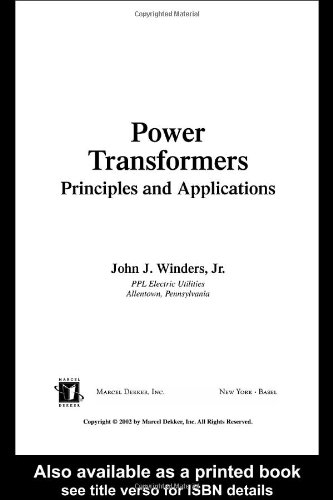
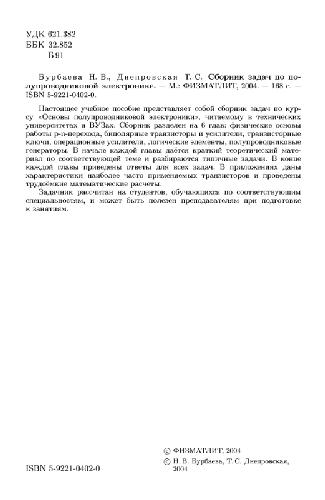
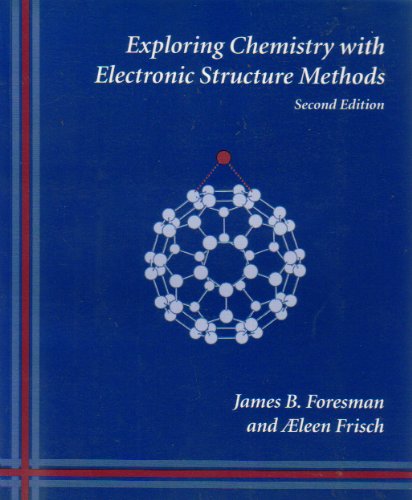

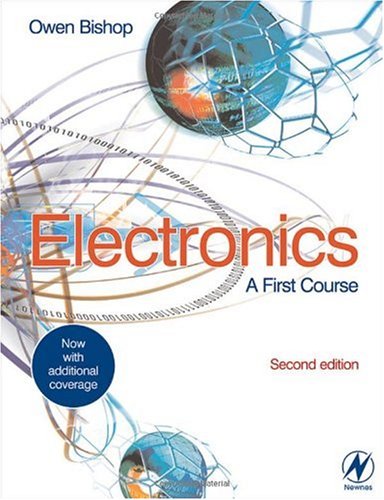
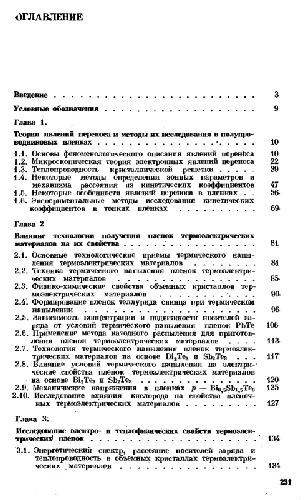

Reviews
There are no reviews yet.